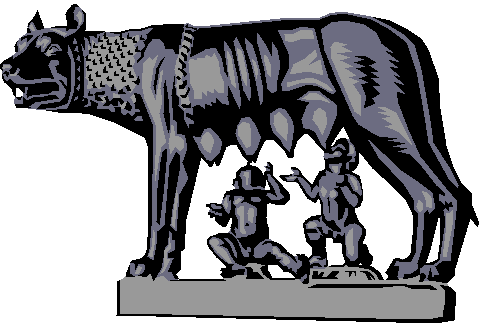ANNOTATED JUSTINIAN CODE Novels 1st Edition
College of Law George W. Hopper Law Library
 Introduction |
Justinian’s aim in creating the Code in 529 was to simplify and harmonize numerous, sometimes conflicting laws, but circumstances required that he continue to issue legislation in following years. In 534, he incorporated these new laws into a second edition of the Codex. This is the only one that has come down to us. Justinian continued to legislate throughout his long reign (527-565), with some of the new laws written in Greek, some in Latin, and some in both, depending on the peoples to whom they were addressed. These new “constitutions”--Novellae Constitutiones, or Novels--were never officially compiled. However, private manuscript collections were made of them in the east, and these collections became known at different times in the west. In the 18th century, critical editions of the Novels were made that incorporated elements from these collections and other manuscripts. (For a discussion of this process, see A. Arthur Schiller, Roman Law: Mechanisms of Development §16 AT 39-40 (1978).) For his English translation, Blume used the best regarded critical edition--that of Kroll and Schoell (Wilhelm Kroll and Rudolf Schoell, CORPUS IURIS CIVILIS: NOVELLAE, 4th ed. (1912); vol. 3 in the set of which Mommsen’s and Kruger’s editions of the Digest, Institutions and Code were volumes 1 and 2). In a letter of December 28, 1943 to Clyde Pharr discussing his translation, Justice Blume wrote: "Some of the Novels were translated along with the translation of the Code, having a bearing on the subjects dealt with in the latter. That was probably done when I made the revision. When these were translated the number translated was so great I thought it would be just as well to translate them all. And a partial incentive to that was the fact that the Latin of Schoell is, generally speaking, easy as compared with the Latin of the Code." In an earlier letter to Pharr (May 28, 1943), Blume mentioned that “these Novels are at present connected in my manuscripts with the laws of the Code inserting the various provisions thereof in connection with the laws of the Code which were modified.” He went on to say that he could separate them from the Code for Pharr’s use. Blume did later remove the Novels from his Code translation, although his annotations sometimes refer to them as if they were still attached. The accompanying images of Blume’s English translation of the Novels were scanned from loose, type-written manuscript pages he had placed in accordion folders. They bear holes on the left-hand edges, indicating they were indeed once bound with the Code manuscript. We hope eventually to rescan them using higher quality equipment to increase their legibility. |
